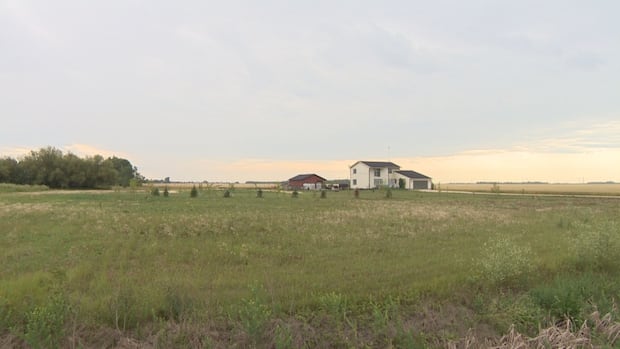The CBC Decision Desk took until Tuesday afternoon to predict the Liberals would form a minority government because Elections Canada needed extra time to count the record number of ballots cast.
Aside from the boost in voter turnout, counting was also complicated by an increase in voting by mail and at advance polls — and the dramatic change to the political landscape in this country.
That change, characterized by the collapse of the New Democrat vote and a drop in support for the Bloc Québécois, saw the election turn into a two-party contest with a number of tight margins across the country.
In the Newfoundland and Labrador riding of Terra Nova-The Peninsulas, for example, Liberal candidate Anthony Germain’s victory over his Conservative opponent was one of the last ridings to be called, putting Germain over the top by just 12 votes.
In the Montreal-area riding of Terrebonne, the story was much the same with Liberal candidate Tatiana Auguste winning her seat by a slim margin of 35 votes.
Both of these results will face a recount because under Elections Canada rules, an automatic recount is triggered when the difference in the number of votes received by the top-finishing candidates equals 0.1 per cent or less of the total number of votes cast.
To make sure that each vote is counted in tight races like these, Elections Canada must count all of the votes cast at polling stations, through the mail and at the advance polls held over the Easter long weekend; and there were a lot of them.
Elections Canada said that of the 28.5 million Canadians registered to vote, about 68.5 per cent cast a ballot, or about 19.5 million — not including voters who registered on election day. That marks an increase of 2.3 million votes from the 2021 federal election.
That turnout is the highest it has been in this country since 1993, when 69.6 per cent of registered voters — almost 14 million people — cast a ballot.
Record advance turnout, postal ballots
A record 7.3 million Canadians took advantage of advance polls, according to estimates by Elections Canada.
The non-partisan agency said based on its preliminary figures, that marks a 25 per cent increase from the 5.8 million electors who voted in advance polls during the 2021 election.
Elections Canada also had to count the more than 1.2 million special ballots that it received from Canadians by mail, including more than 100,000 from Canadians living abroad.
An Elections Canada official told CBC News that this was the first time special ballots numbered over one million.
In many cases the number of special ballots and advance votes were in the thousands for individual ridings, making it hard to predict a winner in tight races where those ballots were still being counted.
On election night, for example, the Liberals went from 163 projected seats to 168 as advance and special ballots were counted, in some cases erasing deficits of several hundred or even 1,000 votes — which meant races still showing a Conservative, Bloc or NDP lead could flip well into Tuesday afternoon.
Elections Canada could not get all that counting done on election day so it halted its count at about 4:30 a.m. Tuesday before resuming in front of witnesses later Tuesday morning.
Updates to the vote count can be found on CBC’s live results page.






